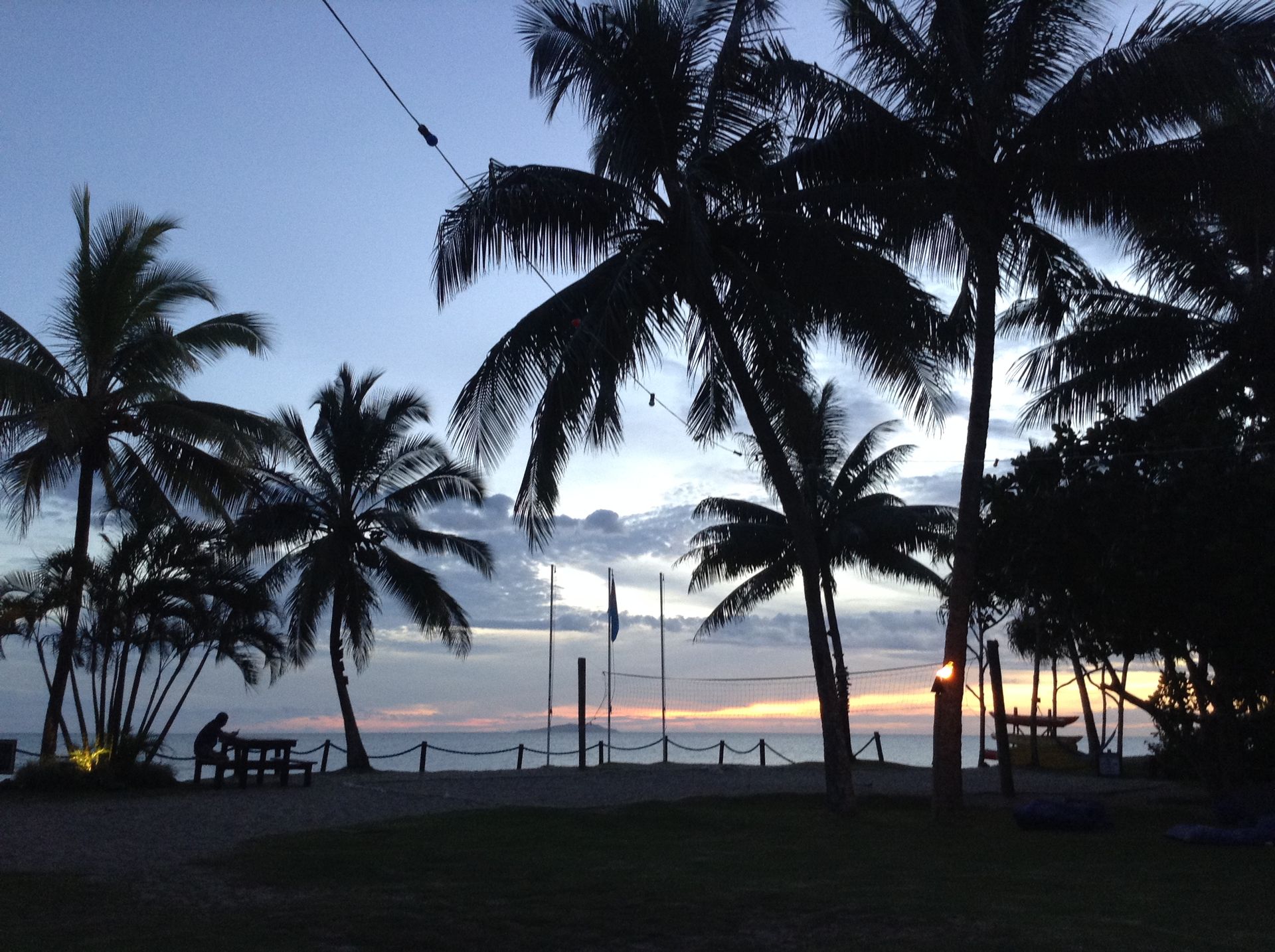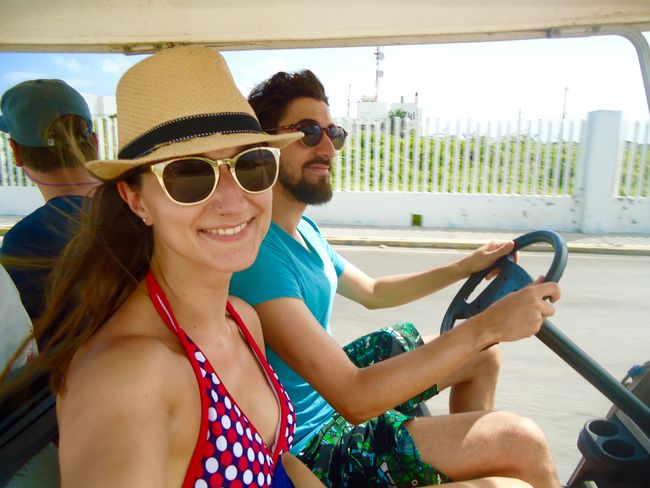Colombia: Chapter 1) Bogota
Gipatik: 13.10.2017
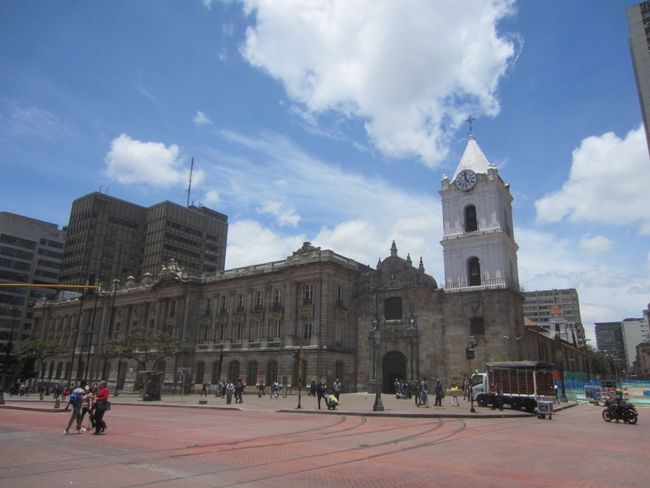
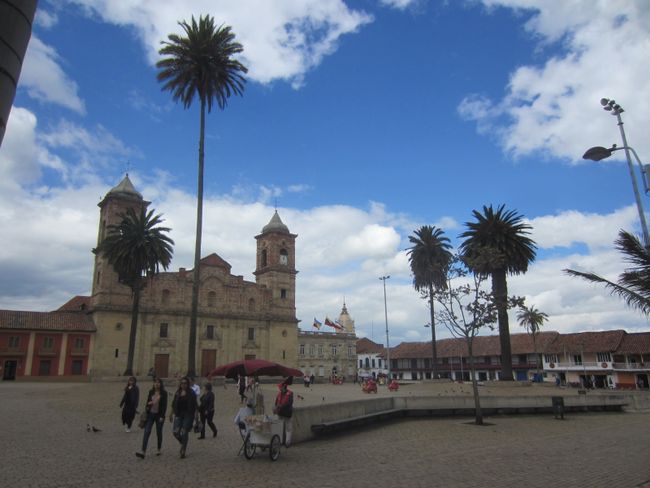
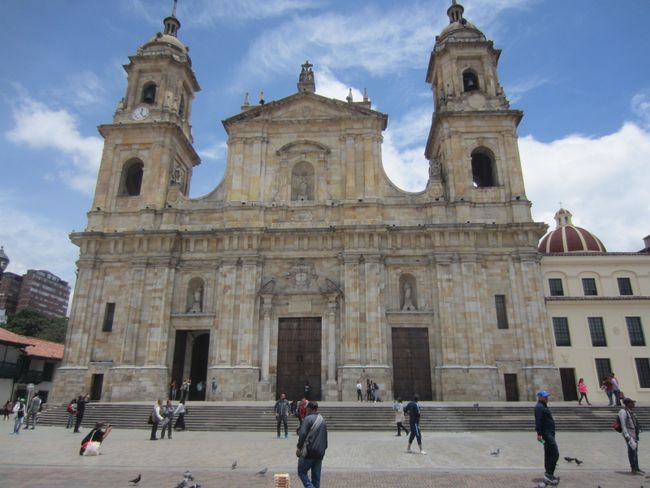
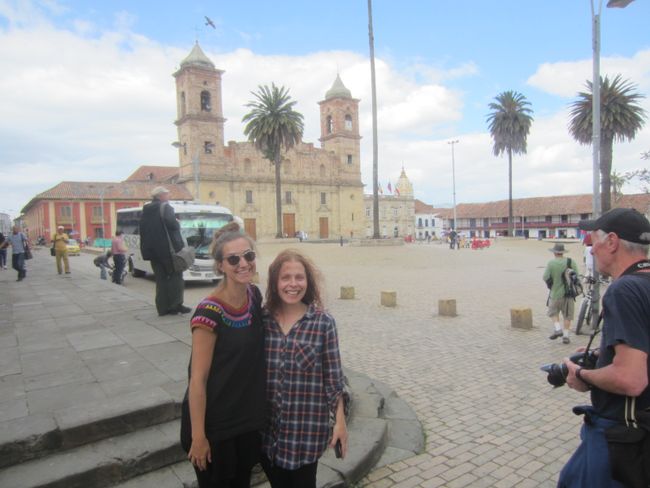
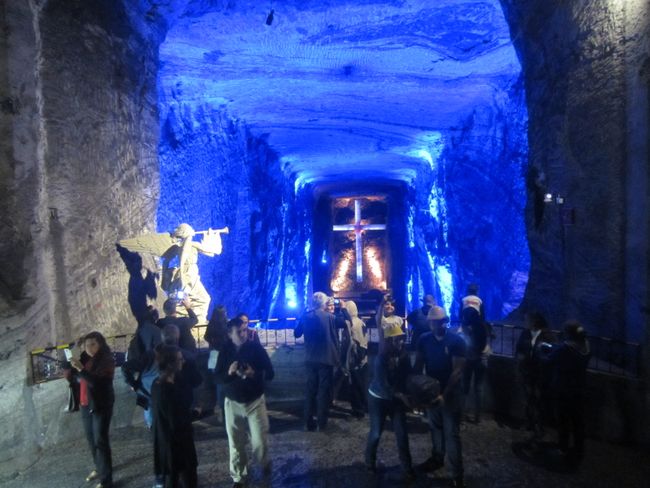
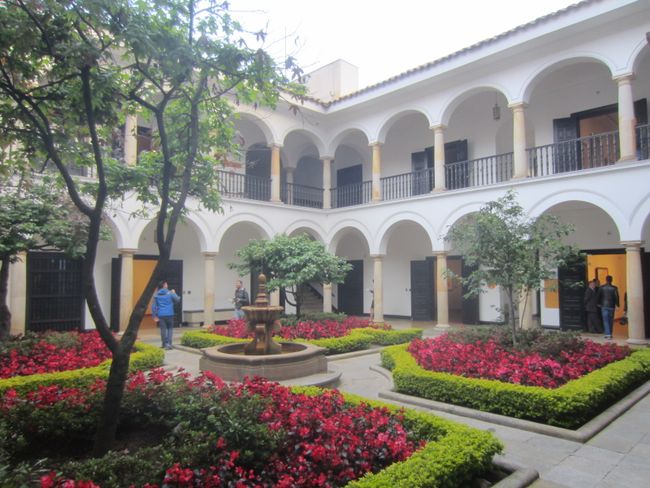
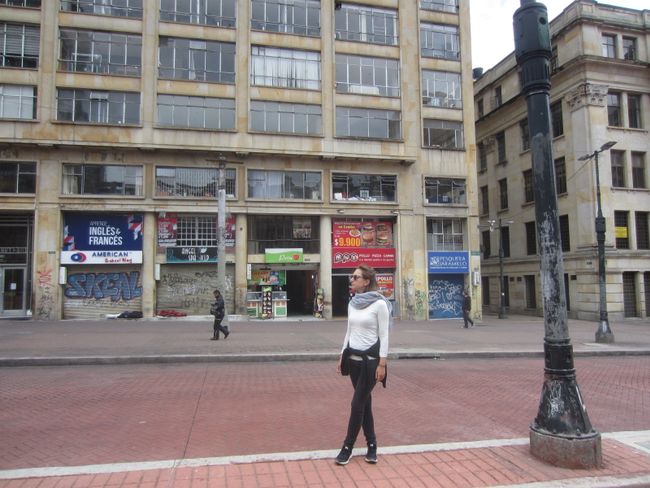
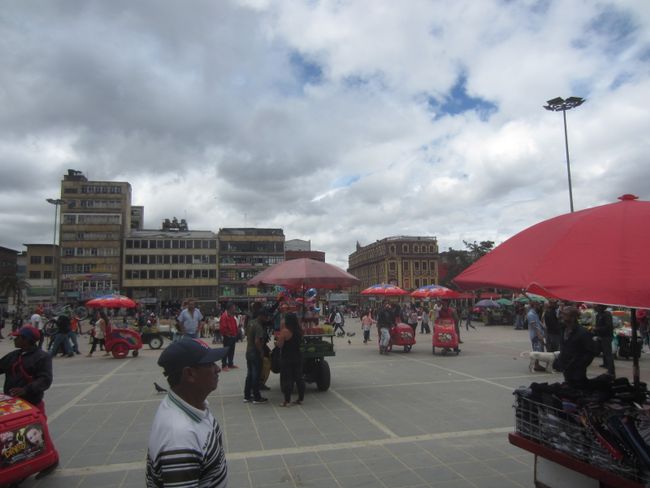
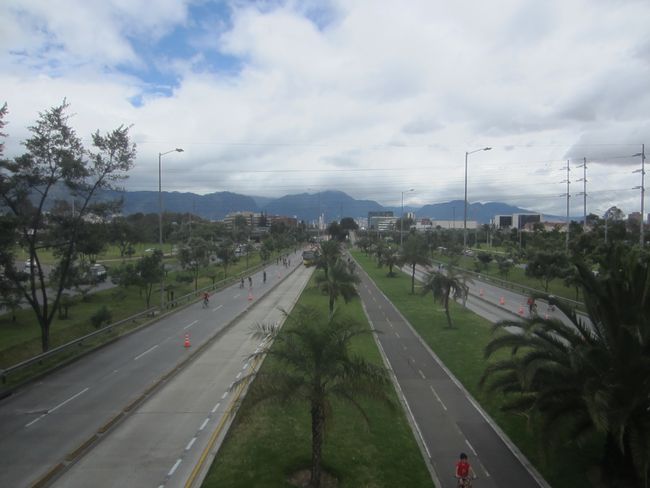
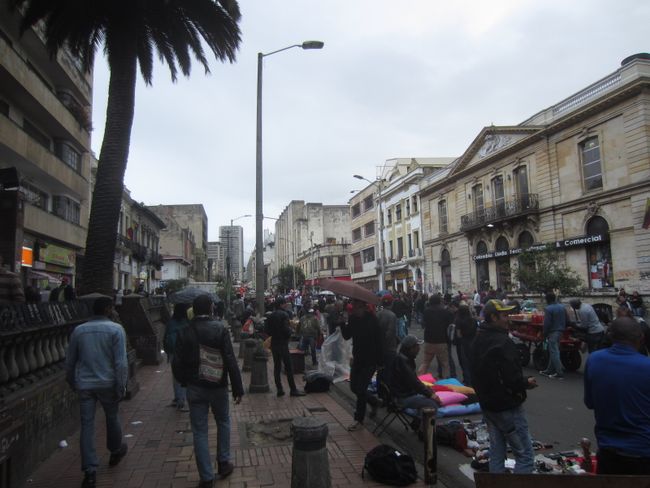
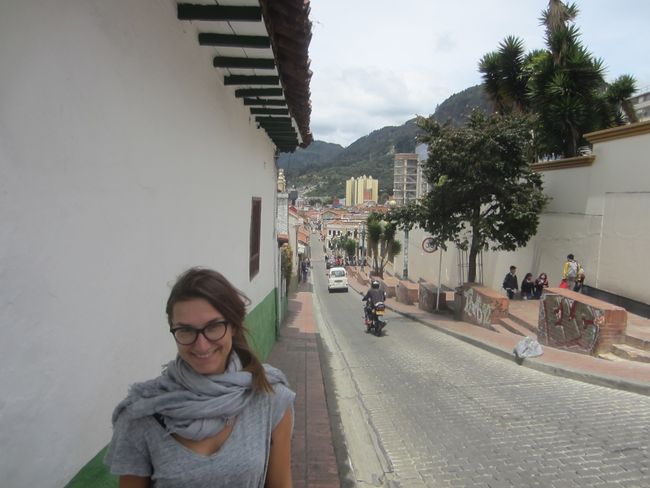
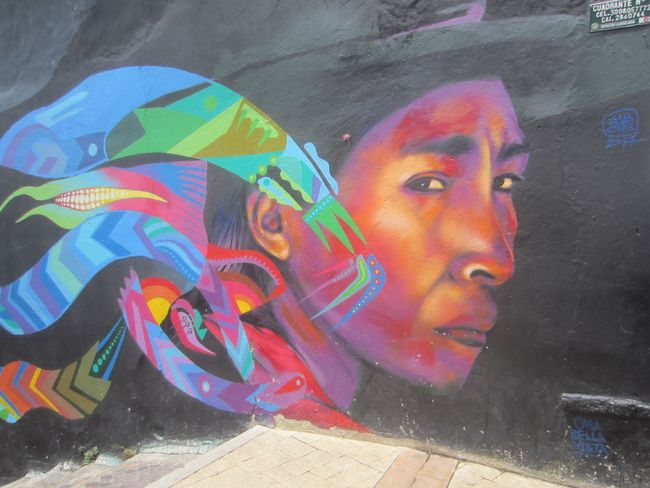
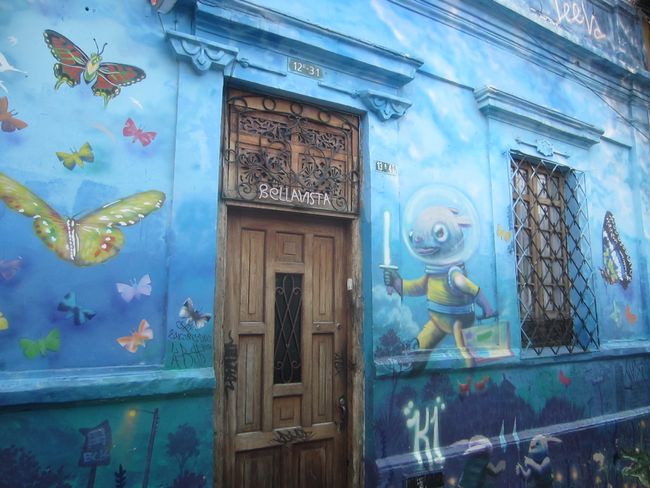
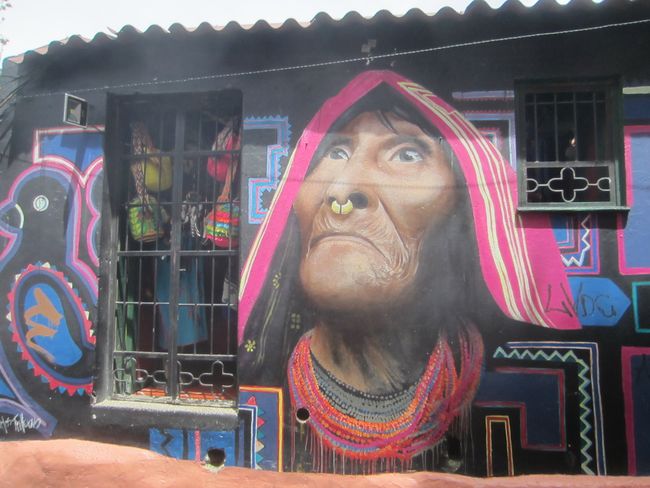
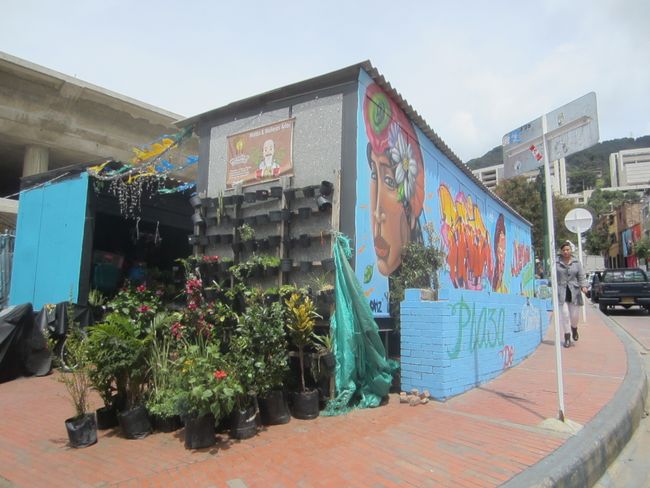
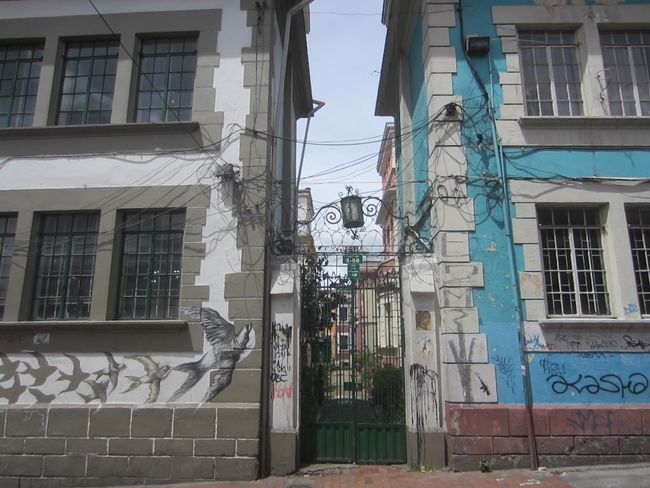
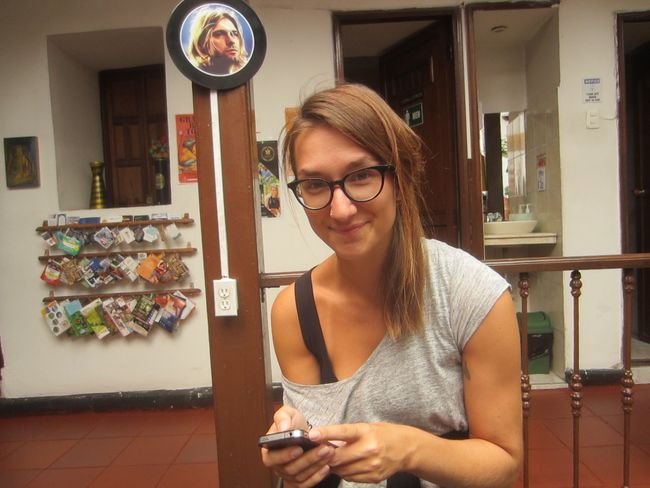
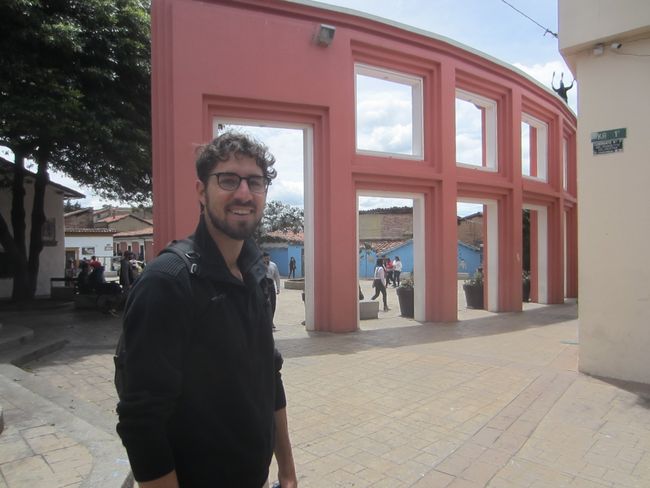
Mag-subscribe sa Newsletter
Why do people travel? Usually because of the desire and curiosity for something new: for example, a public transportation system that you still don't understand after a few days, an accommodation like Villa Kunterbunt (where you feel like Pippi Longstocking), new Australian rules for UNO, or young cyclists hitching a ride on a truck and being pulled up the mountains on winding roads for several hundred meters. We've experienced all of this since our arrival in Colombia. How, you ask? Find out now.
On our first evening, we meet Lisa's old friend Jasmin, who has been living in Bogota for more than two years, she's practically a local. Over a not-so-bad pizza and a beer in our neighborhood La Candelaria, she gives us a brief introduction to the city and we chat about this and that. Another meeting is arranged and that concludes the first day. The next day, we stroll through the city to get an overview. Not so easy, because the streets require you to internalize the combination of Carreras (north-south) and Calles (west-east) as you walk through this admittedly aging city. They could've made it easier by simply naming the streets after the respective trade guild established there: in one corner, one glasses store after another (a store here being a 3 sqm area), house after house, always the same models. The same goes for the tailor shops, the drugstores, or the music system sellers. So the city center is mainly characterized by these clusters of shops. Additionally, there's a wonderful book market in the form of blankets laid out on the street, with a substantial number of older books on display, and of course, a rich supply of street food in the form of fruits or pastries (fried, of course). So we roam through the neighborhoods of the city until we reach an area that gives the impression of an English small town, with parks and cute little single-family houses with pointed roofs (which is worth mentioning, since in Colombia, as well as in Mexico, you pay less taxes for your house as long as it doesn't have a proper roof, a circumstance that many take advantage of) and front yard. Here we visit Jasmin at her home and drink delicious coffee and Lulosaft.
The third day is used for a trip and we drive with Jasmin to Zipaquira to visit an underground salt cathedral. Quite impressive what they've carved into the rock 88 meters below the earth's surface, but somehow we imagined there to be more than just a cloister, two prayer halls, and a huge sales tunnel for all sorts of salt stone souvenirs.
The alternative city tour (anti-cliché tour) on the following day, which we sign up for in the evening, is definitely worth it. Our guide Álvaro enthusiastically tells us about the eventful history of Colombia, focusing on politics and drug cartels, of the past 40-50 years, and also points out some sights. Lastly, we get a small tasting as an introduction to Colombian cuisine with pastries (Pan de Bono, Areppa) and fruits (Lulo, Granadilla - both are amazing). Afterwards, we visit the Botero Museum, conveniently located in our neighborhood La Candelaria. The exhibition is highly recommended.
The second-to-last day is dedicated to preparing for the next leg of our journey. We fail to book the necessary bus tickets to Salento online, so we have to go to the Terminal Norte (Salitre). Only the aforementioned public transportation system raises our pulse over time, because getting from point A to point B (in this case, the bus terminal) in Bogota is always a little challenge. There's no clear timetable showing all the bus connections, and we're kept in the dark about which bus leaves from which station. So it's a guessing and asking game, in which the locals don't excel in accuracy of their information. Just the journey there alone turns into a 2 1/2-hour endeavor, while the return trip only takes half an hour (if you've figured out the right connection). With tickets in hand, we still stroll through the Museo Nacional, of which we had higher expectations - too bad.
On the last day, we fail to visit the Museo del ARTE Moderno (take note of the opening hours in advance), meet Jasmin one last time, pack our things, and head to the bus terminal at night, this time by taxi. Off to the coffee region to Salento, to Villa Kunterbunt and new UNO rules, as well as adventurous bus rides.
Mag-subscribe sa Newsletter
Tubag (1)
Marlene
Wieder ein toller ReiseBericht von euch, danke! Das Wetter war wohl nicht ganz so schön?! Weiterhin eine gute Reise und spannende Erlebnisse. Alles Liebe- bleibt gesund!!!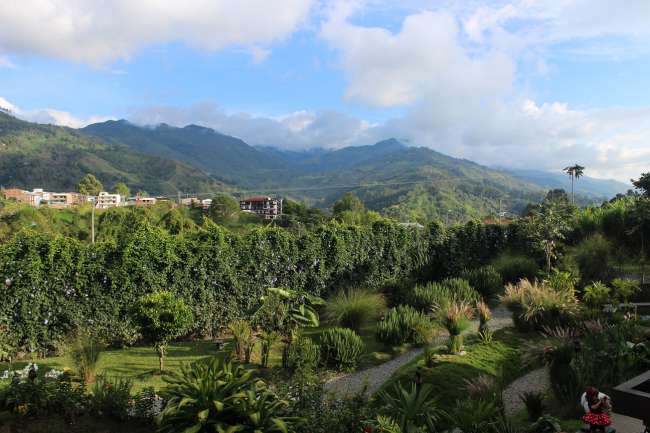
Mga taho sa pagbiyahe Colombia
